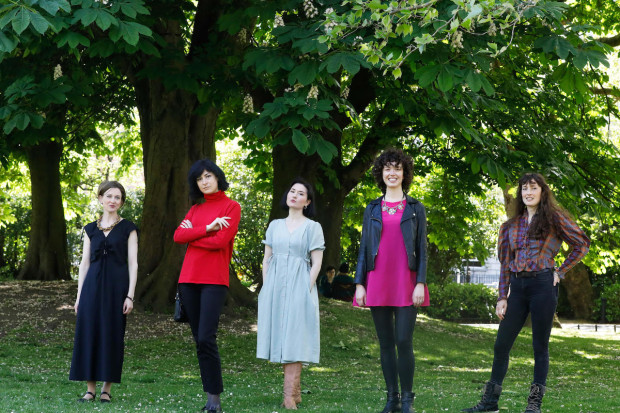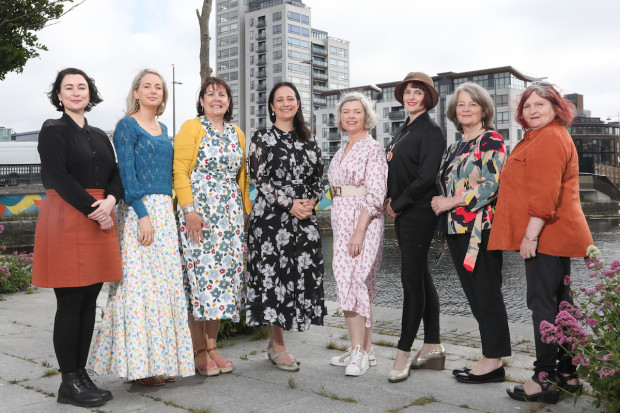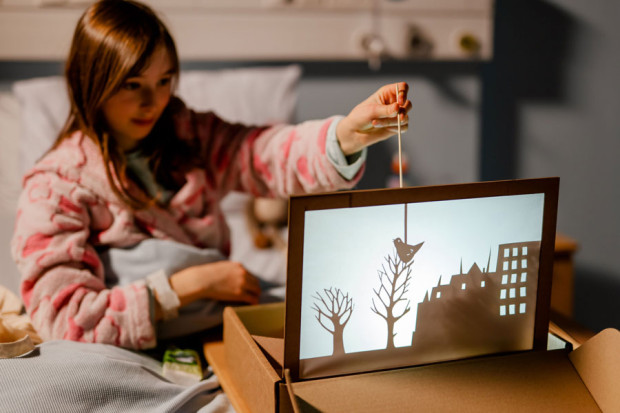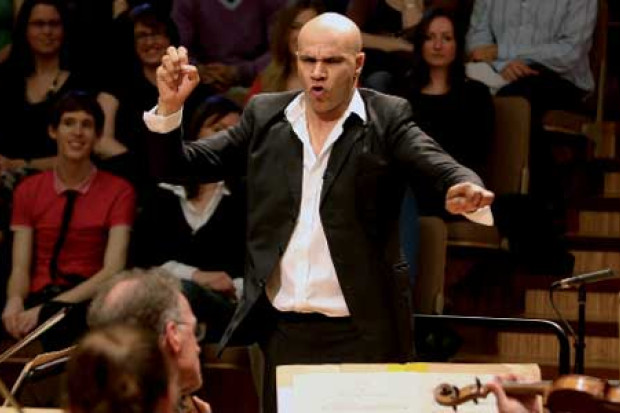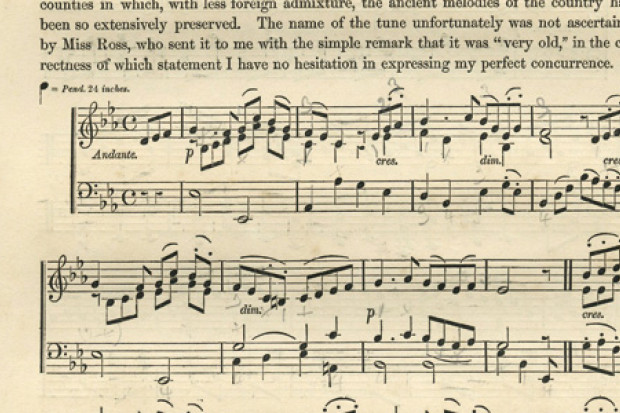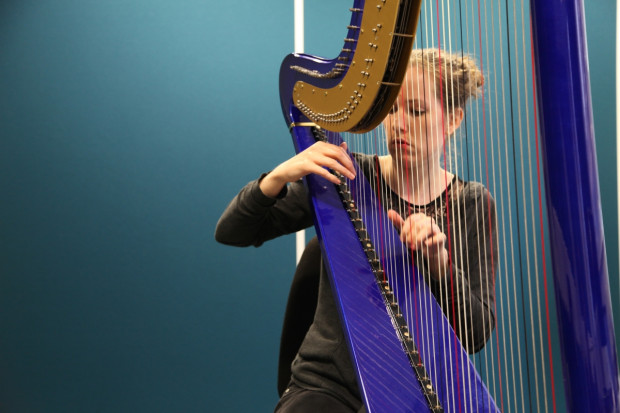
A Portrait of the Artist as a Young Entrepreneur
Mary is an artist and she has an idea. Something big. An arts venture that could make a real splash, nationally, internationally, the lot. It could also earn her money. Serious money. She would be her own boss. She would employ and inspire artists, connect them with new audiences, and really make a difference. She won’t let anyone stop her. Her heart is beating with excitement. She is going to do it before anyone else does. Just you wait.
Where does she start? She’s going to need money. She goes with what she knows. She downloads an arts council application form. Her heart slows down. The only grants for a new project are between one and five thousand euro, and she’ll have to wait for a decision. Still, it would be a start. She doesn’t see anybody else waving money at her.
She begins to put shape on her idea, tailoring it to match the criteria. Three months later, she receives a grant for two thousand euro. Not quite what she was expecting, but she is grateful, and begins to put her plan into action.
The smaller scale means it’s harder to get the ball rolling. When she is finally up and running she doesn’t make the splash she expected, and sees her small funds deplete quite quickly. She tells herself that if she can hang on until the next round of funding decisions, she could keep it going. Incredibly, because she has a flair for enterprise, she does just that.
She had been planning to give up her various day-jobs so that she can concentrate on her new venture, but that will have to wait. In the years that pass, she balances keeping her enterprise going and making a living doing other things. It’s a great accomplishment in many ways, impressive the way she keeps it all in the air, balancing so many demands and producing work of real quality, but in her heart she knows it’s not having the impact she once dreamed of.
Grant applications come and go, she learns more about drawing upon state funding, and gradually her dependency on state funding deepens. Many of her colleagues are in the same boat. At arts conferences and networking opportunities they tell each other how difficult it is. They are trying every technique they can think of to make more money, but it is just so hard….
Sound familiar?
This is the tale of many artists and their enterprising ideas. What could have been a significant initiative is taken down a peg because of the nature of arts funding, and it then struggles to reach its full potential. Our heroine’s lack of awareness of what she was really starting on the one side, and an arts funding body’s lack of preparation for her energy and ideas on the other, and the great idea falls between the cracks.
We should be better at ensuring this doesn’t happen. The arts are a breeding-ground for entrepreneurs. It is second-nature to the scene because it is full of creative, passionate people, consumed by a need to create. Many of the great arts enterprises that we have today are the result of a small group of people with a lot of passion and very little money. For funding in the past, they made do with volunteerism, private support from business and the good will of the public. With an increase in state funding for the arts however, many arts initiatives of the last decade and more have grown up entirely under the wing of an arts funding body, and are heavily reliant upon it, seemingly interminably. The result is that, for all their positive aspects, arts funding bodies today are actually blunting the entrepreneurial skills of creative people.
This is not an argument for the dismantling of state arts funding, though plenty of ideologues would wish it to be. Rather, it suggests that arts funding bodies need to be better equipped to deal with ambitious enterprise growth, and the real capabilities of artists.
Consider Mary, the artist-entrepreneur, someone who has worked as an artist, whose formative experiences have been in the arts, but who is now thinking anew about how to push that work into the world, putting herself, her colleagues, her region, her country, on the world map. Because of the small scale and slow growth of arts funding, instead of getting the full extent of her vision, what we get is a radically scaled-down version of her ideas in order to achieve some security and to accommodate the precariousness of year-to-year funding. This is not to say that every big new arts idea deserves support, but for state arts infrastructure to dampen enthusiasm through mal-fitting subsidy before it even gets off the ground is counter-productive.
The result of this is that an artist’s gut entrepreneurial instinct, the sharpness and natural business acumen that they may have, combined with an ability to produce work of real integrity and strength, is gradually dulled, tempered and cooled. As with Mary, it may simply become all about the grant.
State arts funding through arts councils and other bodies is a great triumph for modern, civilised society. In supporting artists to produce work that enriches our minds and lives immeasurably, in developing documentative organisations that record our culture, ensuring its safety and access for generations to come, and in growing an infrastructure of resource and event organisations within which new imaginative initiatives can come about, their importance should be undisputed.
However, the artist-entrepreneur is consistently frustrated by them. These people are looking to combine cultural value with commercial acumen. By their nature, their ideas will struggle to fit into any grant application or criteria, in part because many arts councils don’t allow an organisation to be profit making, but also because traditionally that is not what we have expected of them.
But why should arts funding bodies bother with them at all? The reality is that these people are going to land in the lap of arts offices and councils whether they like it or not. For someone working in the arts who sees an opportunity to develop an arts venture or business, the arts council or arts office is going to be their first point of call. They may even receive some funding, but if it is the wrong type we will not see them achieve their potential. If arts councils really want to start talking about the ‘economic value of the arts’, they have got to start coming to grip with such people in a productive way. A significant shift is needed.
A first step is to acknowledge that these people are there and to decide on a strategy for dealing with them. It may well be that their ideas will eventually find a different channel for development, but to be equipped to contribute to that process puts arts bodies at the very centre of the economy, as opposed to a sector feeding off it, which is often the cynical public and political perception. Part of that is ensuring that funding organisations have staff who have a track record in enterprise, in starting and running ventures, and who can get the best out of enterprising individuals.
For suitable ideas, a second step is to establish programmes which are more akin to seed funding, seeking business plans for ambitious enterprises and not just grant applications. Introducing larger-scale, short-term seed-funding rather than building up to a modest grant over a decade would encourage much more enterprising thinking at the beginning, a clearer understanding of what all parties are getting into, would attract additional sources of funding, and would encourage groups of like-minded people to come together, rather than everything being a small, solo effort because that’s all the funding will allow.
The third step is to attach any such funding to a mentoring programme. Artist-entrepreneurs may have the essential resources of ideas and energy, but the consistent advice of someone who has done it all before – and made the mistakes already – would be key in ensuring that the best use is made of precious resources.
Right now, there are people in the arts who are burning with ambition. They have ideas and energy and are willing to give a project all of their time. With the right strategy, it could have a profound effect on our cultural life. These people aren’t hidden away. They are there among the piles of applications and grants. Let them have the big idea, and let’s see it happen.
Published on 1 August 2010
Toner Quinn is Editor of the Journal of Music. His new book, What Ireland Can Teach the World About Music, is available here. Toner will be giving a lecture exploring some of the ideas in the book on Saturday 11 May 2024 at 3pm at Farmleigh House in Dublin. For booking, visit https://bit.ly/3x2yCL8.










